Daylight Autonomy 101
The Benefits of Daylight Autonomy
In many instances, energy savings is achieved by sacrificing something else that is deemed valuable, such as occupant comfort. One of the reasons that daylight autonomy is such an attractive design objective is that it manages to deliver significant energy savings, without negatively impacting occupant comfort or the functionality of the space. In fact, it may improve occupant comfort by improving access to outdoor views and ensuring that occupants are exposed to optimal amounts of usable daylight throughout the day, which improves productivity and satisfaction, while protecting the space from direct or overly bright light that can cause glare and discomfort. Daylight autonomy creates energy savings by being smarter about the inclusion and management of daylight and by eliminating excess lighting energy that is essentially unnecessary.
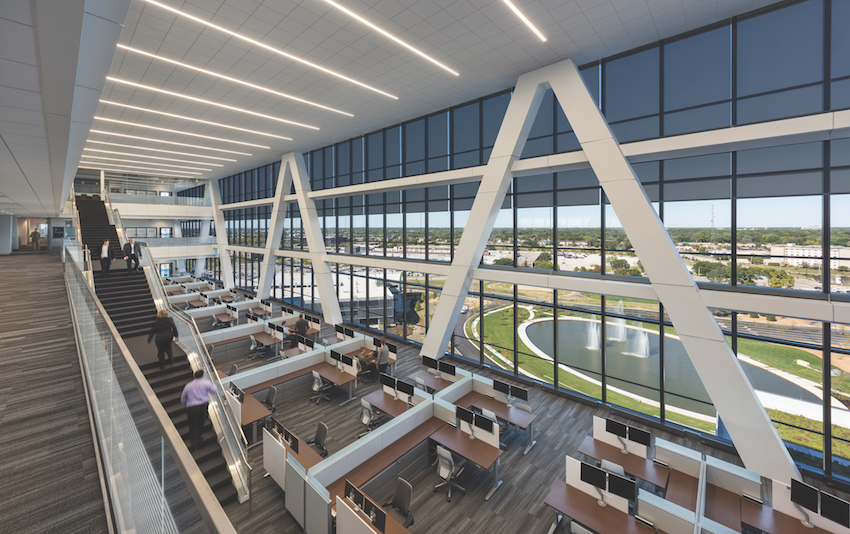
Photo: © James Steinkamp Photography
Designing a space to achieve daylight autonomy can deliver significant energy savings and improve the quality and comfort of the available views.
The Obstacles to Achieving Daylight Autonomy
If there is a down-side to daylight autonomy, it may be that, especially as a relatively new design objective, daylight autonomy can be challenging to achieve. It requires the ongoing, optimal management of a very dynamic light source and, as such, achieving daylight autonomy is very dependent upon selecting the right daylight management technology for the project. Setting a project up to achieve daylight autonomy may also require designers to retool their traditional approaches to a new project as it relates to the planning of the building envelope and interior. In addition, evaluating the potential DA factors of different concepts requires the use of complex software programs.
The dynamic nature of daylight. At the center of the daylight autonomy challenge is the dynamic and powerful nature of daylight. Daylight levels can range from a few footcandles on an overcast day to over 8,000 footcandles on a clear, sunny day. It can arrive at the window in many forms: streaming directly from the sun, gently diffused through the clouds, or harshly reflected off of a surrounding structure. And it arrives, in some form or another, every day, although its angle and position will vary as the earth orbits the sun.
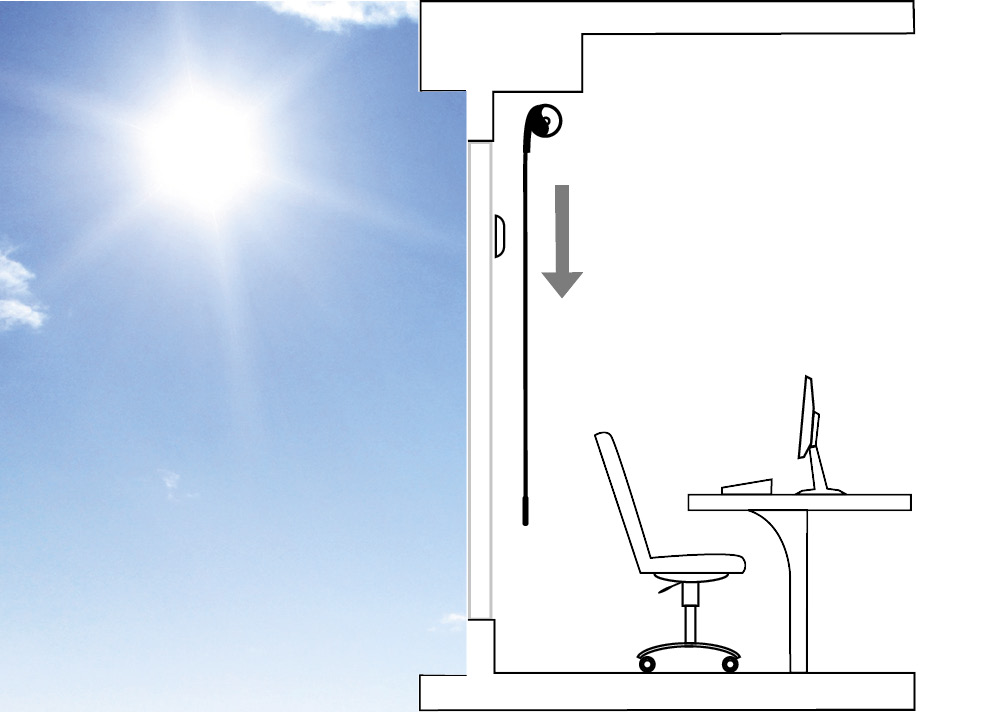
Direct Sun: Shades lower to keep the sun’s rays from penetrating your work area.
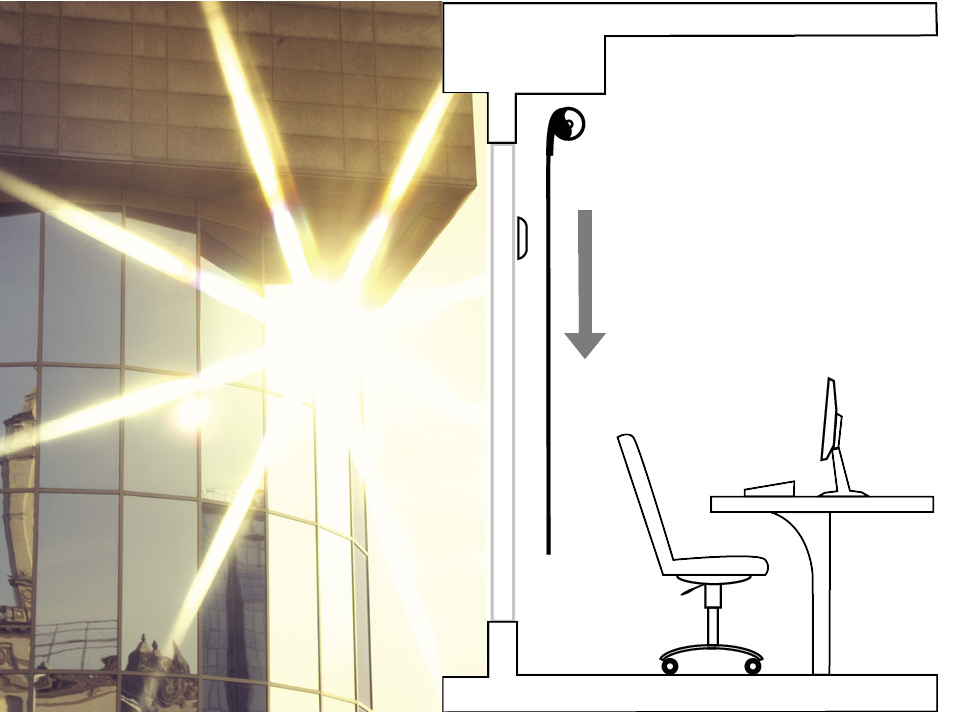
Reflected Sun: Shades close to block reflections from large surfaces.
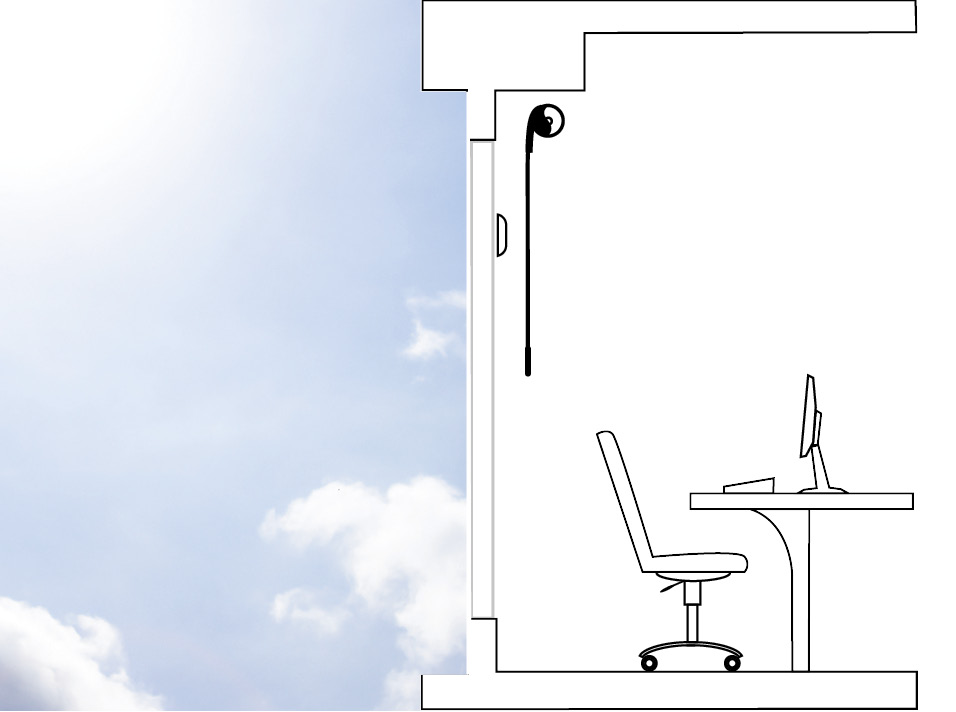
Bright Sky: Shades move to a predetermined position to minimize the contrast from the bright sky.
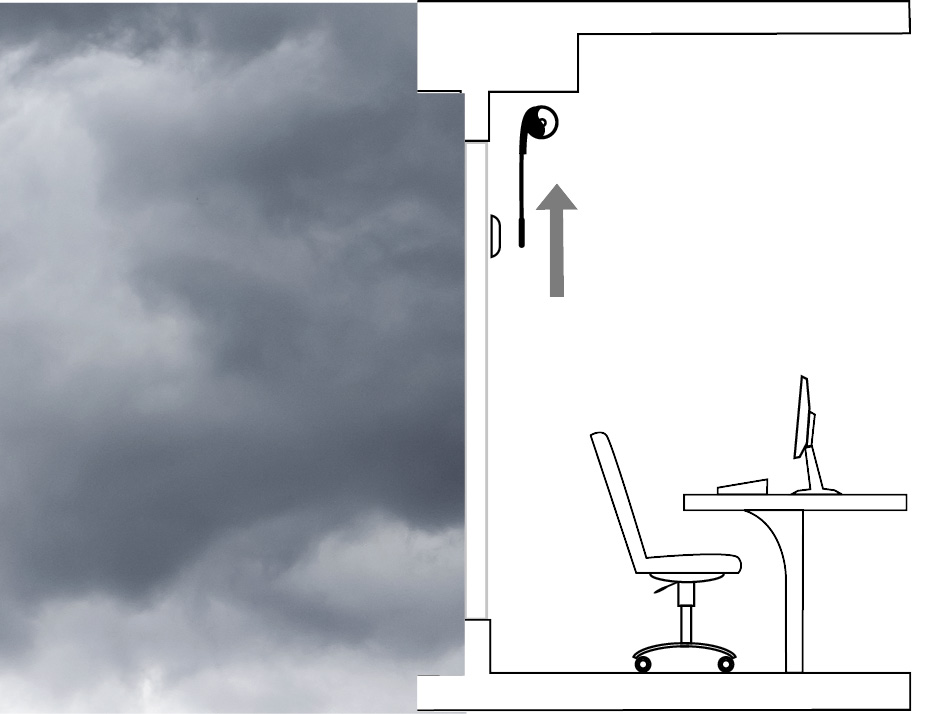
Overcast/Dark: Shades open to maximize views and available daylight when overcast or when in a shadow.
Images courtesy of Lutron
Automated shading systems position the shade appropriately in response to the location of the sun, reflections off surrounding buildings, and the local weather conditions.
The potential intensity and daily presence of daylight require that, if daylight is allowed into a building, it must be effectively managed or it can wreak havoc on the visual environment. Some problems commonly experienced as a result of mismanaged or uncontrolled daylight include: glare, hot spots, and thermal heat gain. These problems can cause larger issues of occupant discomfort, loss in productivity, loss of usable interior space, and energy waste.
Selecting the right technology. It is often prudent practice to design a building to be functional in the worst-case scenario. As it relates to the lighting system, the worst-case scenario would be something like blackout or midnight conditions, where zero daylight is available and all of the illumination must be provided by the electric lighting system. In terms of a daylight management system, the worst-case scenario would be that the building was subjected to intense, direct, glare-creating, and unusable daylight all day long, so the daylight management system would need to be deployed to either block or diffuse the daylight all day long. Fortunately, the conditions of an actual day rarely mirror those defined in a worst-case scenario.
It is the technology of the daylight management system that enhances or limits the building's ability to allow useful daylight into the interior when it is available. Automated shading systems automatically raise and lower throughout the day to maximize the useful daylight allowed into the building. A manual shade requires that a person manipulate its position and may not be regularly raised when useful daylight is present. Equipping a building to maximize the presence of useful daylight in a space is a critical step in achieving daylight autonomy.









